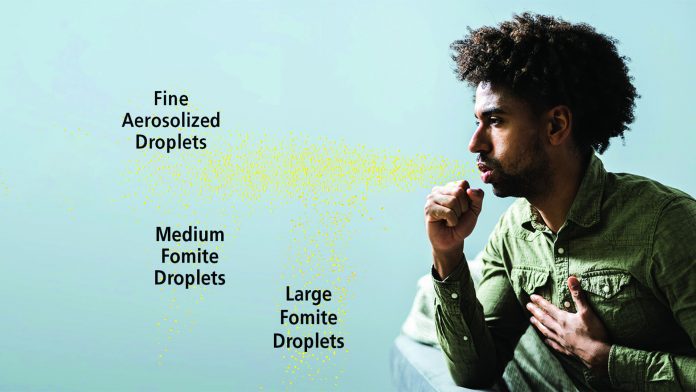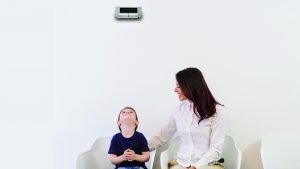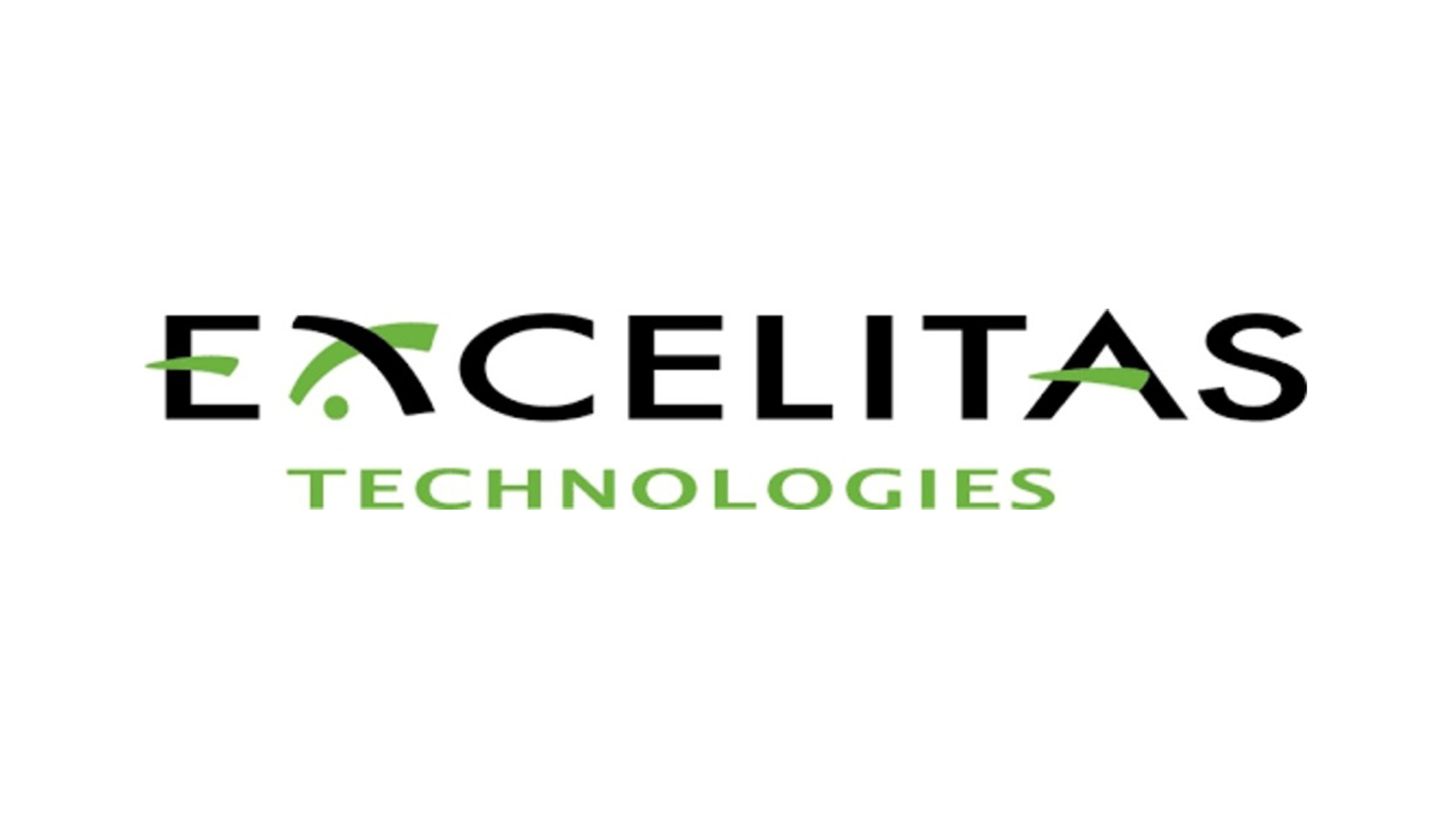
Upper-air disinfection is one of the most valuable, proven defences available in designing an effective contagion control programme.
To date, the World Health Organization (WHO) has reported over 446 million confirmed cases of COVID-19 worldwide, including almost six million deaths. Now that we know exactly how the virus is transmitted between individuals, it appears that many of these cases and deaths could have been prevented with proven, practical UVC disinfection methods – most notably, Upper-Air Germicidal Ultraviolet Irradiation (UVGI).
A multi-level approach to upper-air disinfection
One of the most crucial decisions businesses, healthcare providers and safety managers face in the strategic battle against SARS-CoV-2 and the disease it causes is how to design and manage an effective contagion control programme in their facilities. Tested modalities include using autonomous robots to deliver pulsed xenon UVC for surface decontamination during unoccupied facility hours; air filtration/decontamination of air as it passes through HVAC systems; and even simple, manual use of sanitising wipes and topical chemical washing for surface disinfection. It has become increasingly clear that any one modality, however, is insufficient and at best, only partly effective.
Consequently, the US Centers for Disease Control and Prevention (CDC) now recommends a layered approach to managing the risk of COVID-19. A structured, multifaceted strategy combines numerous prevention measures including manual cleaning and disinfection, physical distancing, and especially ventilation interventions such as adding high-efficiency particulate air (HEPA) filtration and upper-air UVGI systems.

Selecting the most effective tool for the job
The risk of catching COVID-19 from touching contaminated surfaces or objects is now considered to be quite low. Disease control experts estimate that each contact with a contaminated surface has less than a 1 in 10,000 chance of resulting in an infection.
As a consequence, it is now commonly understood that COVID-19’s primary transmission vector is airborne aerosol spread, not surface contamination.
This pathogen is principally spread through exposure to respiratory droplets (aerosols) carrying the infectious virus. As infected people exhale, laugh or talk, finely aerosolised droplets follow a convection cycle within a room. Because respiratory air is typically warmer than ambient air, the infectious, aerosolised droplets tend to rise to the ceiling. As they cool, they slowly descend and continuously shower the room occupants with finely divided, virus-laden droplets.
Accordingly, because SARS-CoV-2 is spread so effectively through contaminated air, one of the most efficient means of disinfection is upper-air UVGI, which creates a disinfection zone to meet and deactivate the contaminated droplets as they are generated and rise to the ceiling, and before they can descend to infect.
The upper-air UVGI concept
Upper-air disinfection is one of the most effective defences available for airborne respiratory viruses like SARS-CoV-2. Upper-air UVGI has been used very successfully to combat diseases like tuberculosis for more than 70 years.
The mechanism for pathogenic microbe and virus inactivation through UVC irradiation is relatively straightforward: UVC irradiation induces damage to the genomes of bacteria and viruses by breaking bonds and forming photodimeric lesions in nucleic acids, DNA and RNA. These lesions, in turn, prevent both transcription and replication and ultimately lead to inactivation – preventing microorganisms and viruses from infecting and reproducing.
In this way, as pathogens pass through an active UVC disinfection zone, the upper-air disinfection system inactivates the virus before it can be re-transmitted. This continuous disinfection is more effective than other, intermittent treatments.
Advances in LED technology
Upper-air disinfection systems historically used replaceable mercury lamp technologies, requiring lamp replacement every two years. Today, LED-based, UVC upper-air germicidal units represent the next generation of disinfection technology, offering enormous advantages over conventional mercury lamp systems.
To make effective systems more practical, Excelitas Technologies® developed the Kepri™ LED UVC Upper-Air Disinfection System. Kepri is an LED-based unit that is smaller, lighter, less fragile and more environmentally appropriate than traditional upper-air disinfection systems. Because Kepri does not require large electronic drivers characteristic of conventional lamp-based systems, it has a smaller, sleeker form. Unlike gas discharge lamps, Kepri provides the instant on-and-off capability for added safety; it requires no warm-up time at the point of switch-on, extending replacement intervals and reducing energy demand. Finally, one of the most intriguing aspects of the Kepri LED UVC Upper-Air Disinfection System may be the eventual ability to tailor the output wavelength specifically to the target microbe’s absorption spectra.
Occupant-safe operation
Safety is critical in UVC disinfection, and Excelitas Technologies sets the industry standard with Kepri’s three-tiered sensor monitoring system to ensure safe operation, even in fully occupied rooms:
- Tilt sensor: a safety feature to ensure no harmful UVC energy is emitted into the lower part of the room;
- Presence sensor: detects anyone in the UVC central emission field (i.e., changing a lightbulb on a ladder) and immediately turns off the UVC emission until the emission field is clear; and
- Motion-activated occupancy sensor and switch: detects movement in the room and allows the user to select individual operating preferences using a three-position selectable switch.
Trouble-free operation
The compact Kepri UVC Upper-Air Disinfection System is easy to install in a wide variety of spaces. Featuring low noise operation and a dust-free optical chamber, its low-profile design minimises maintenance requirements and ensures maximum UVC emission.
Effective pathogen elimination
Third-party testing shows that Kepri reduces airborne viral load by 99.9% in as little as 20 minutes.
The Excelitas LED-based Kepri UVC Upper-Air Disinfection System provides safe, effective, real-time disinfection of upper-level room air regardless of room occupancy. Kepri’s potent UVC energy is effective against a wide range of pathogens including bacteria, mould, and viruses such as those that cause COVID-19. With a truly unique and unobtrusive design, the Kepri UVC Upper-Air Disinfection System allows for safe and effective room air disinfection without emitting any harmful or environmentally unfriendly ozone gas.
Improving prevention
Few disease experts believe that COVID-19 will disappear anytime soon, and we have been warned that this will not be the last highly infectious pathogen to cross our thresholds. Knowing what we know now about disease transmission and the effectiveness of disinfection modalities, the practicality of installing continuous upper-air disinfection systems becomes clear. It is a powerful safety feature that should be added to facilities whenever, wherever, and as soon as possible.

To learn more visit www.excelitas.com
This article is from issue 21 of Health Europa Quarterly. Click here to get your free subscription today.











